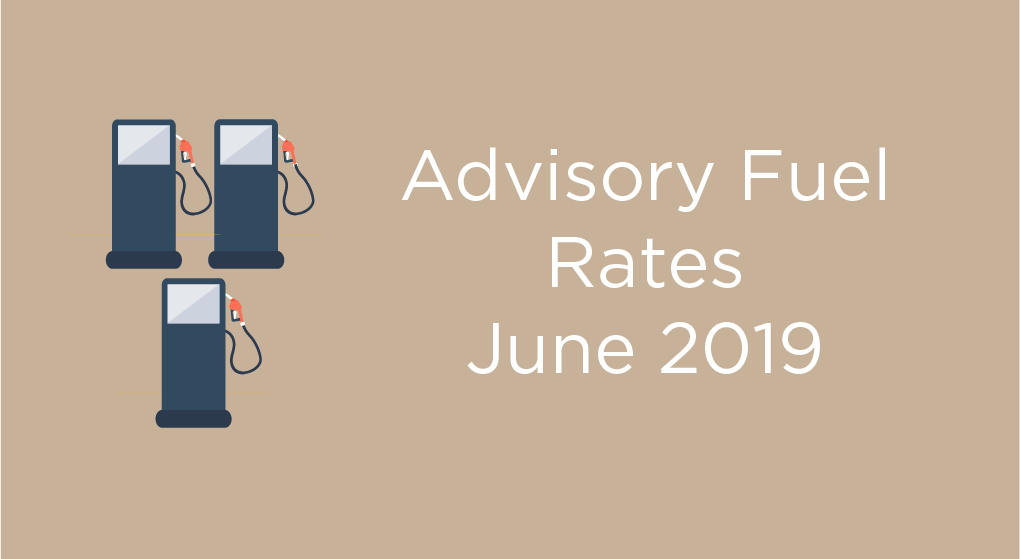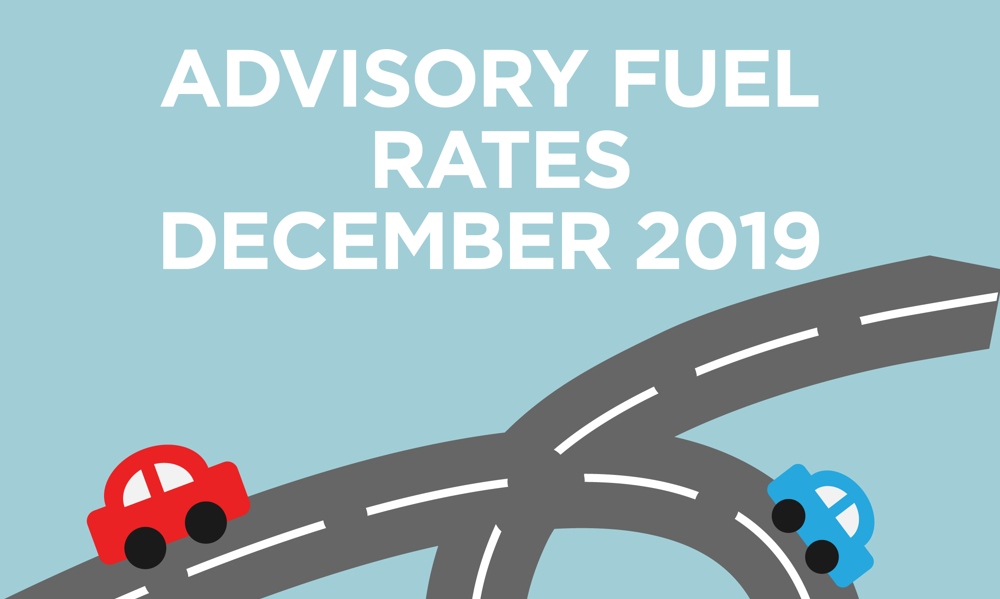The attached document is classified by HMRC as guidance and contains information about rates and allowances for travel including mileage and fuel allowances. If the mileage rate you pay is no higher than the advisory.
Form P11D working sheet mileage allowance. To calculate the ‘approved amount’, multiply your employee’s. To illustrate, the highest rate is for cars with large petrol engines (currently pence per mile), the lowest rate is for cars with small LPG engines (currently pence per mile ). How does HMRC calculate travel miles? How much is business mileage tax deductible?

What is HMRC business mileage? If the drive is for business purposes, you can claim tax back from HMRC. Overall, the main changes are small increases in some rates for LPG and diesel cars.
Rates for petrol cars are unchanged. Approved mileage rates. Our guide to HMRC ’s rules on mileage reimbursement. If you have been either claiming more for business mileage, or repaying less for private mileage than the HMRC official rates, HMRC ’s view is that fuel for private travel is provided by the employer.
For motorcycles and bikes, the rates are the same for all travel — it’s always 24p for motorcycles and 20p for bikes. Cars and goods vehicles. For the first 10miles travelled in the tax year. A 3-month CCH Live News archive is available to subscribers of selected CCH Online packages.
If self employe mileage VAT costs can be reclaimed as a simple tax relief for motoring expenses. Instead of keeping records of all receipts and then separating business and personal use, you can simply claim 45p per mile (or 25p for mileage over 1000) on business mileage. Paying a car allowance along with a lower-than-AMAPS mileage rate is an expensive way of financing travel because the allowance is taxable and NIable.
HMRC coul perhaps should abandon the two-tier system which gives a higher rate for the first mileage band and then a lower rate afterwards. When using your own vehicle for business, your next selection is the mileage rates you’re using.

This can be the HMRC recommended rates eg 45ppm for a car or van reducing to 25ppm after 10miles. Or, if you’re paid a different rate, select Bespoke rate.
This is where employers can claim an extra 5p per mile for each passenger they take during a business trip. The amount of VAT a business can claim is typically a sixth of the total cost of fuel.
This is because the standard VAT rate is 20% of the purchase. Most companies do use the AMAP guidelines when asking employees to reclaim business miles, but if the mileage allowance you get from your employer is less than this, you can get Mileage Allowance Relief from HMRC by completing a Pform. So if a taxpayer uses the mileage rate basis then they cannot claim any additional amount for these expenses. The rate also covers depreciation of the vehicle.
As far as I can see there are published rates : - MAP. Payments in excess of HMRC approved mileage rates will be detailed on the annual P11D tax return (tax will not be deducted at source). If you travel business miles and your employer reimburses you nothing, you can claim tax relief on £4. If you normally pay tax at 20%, this means you can get 90p off your tax bill (£at 20%).
If you pay tax at the 40% rate, you can get £1. The new rates of reimbursement will be paid for each business mile travelled. Subject to this threshold each additional business mile travelled is reimbursed at the appropriate rate, subject to the qualifying rules. HMRC regularly publish approved ‘fuel only’ rates which have, again, changed.

They are also known as “ HMRC company car mileage rates ”. This is important when claiming VAT on mileage expenses. HMRC allows you to deduct business mileage and some other costs from your taxes. Hybrid cars are to be treated as either petrol or diesel for the purpose of fuel rates, whilst a flat rate of 4p per mile has been introduced for 100% electric cars. Get more like this Get all our latest motoring news and advice, straight to your inbox.
Currently, private mileage for cars and vans is per mile, up to 10miles, and 25p per mile, over 10miles. The mileage for motorcycles, bikes, and other vehicles varies, again refer to the HMRC advisory fuel rates. Authorised rates for business mileage reimbursement (AMAP) for private cars and vans utilised for business use, are set by HMRC at 45p per mile for the first 10business miles and then 25p per mile thereafter.
HMRC’s rate includes an estimate for both the fixed (insurance, road tax etc.) and the variable (wear and tear) costs of running a car. AMAP rates for reclaiming business mileage.
After 10miles, HMRC considers you reimbursed for the fixed costs, hence why there is a lower rate for miles claimed thereafter. Personal car use is set at 45p a mile by HMRC up to 10miles.
No comments:
Post a Comment
Note: Only a member of this blog may post a comment.